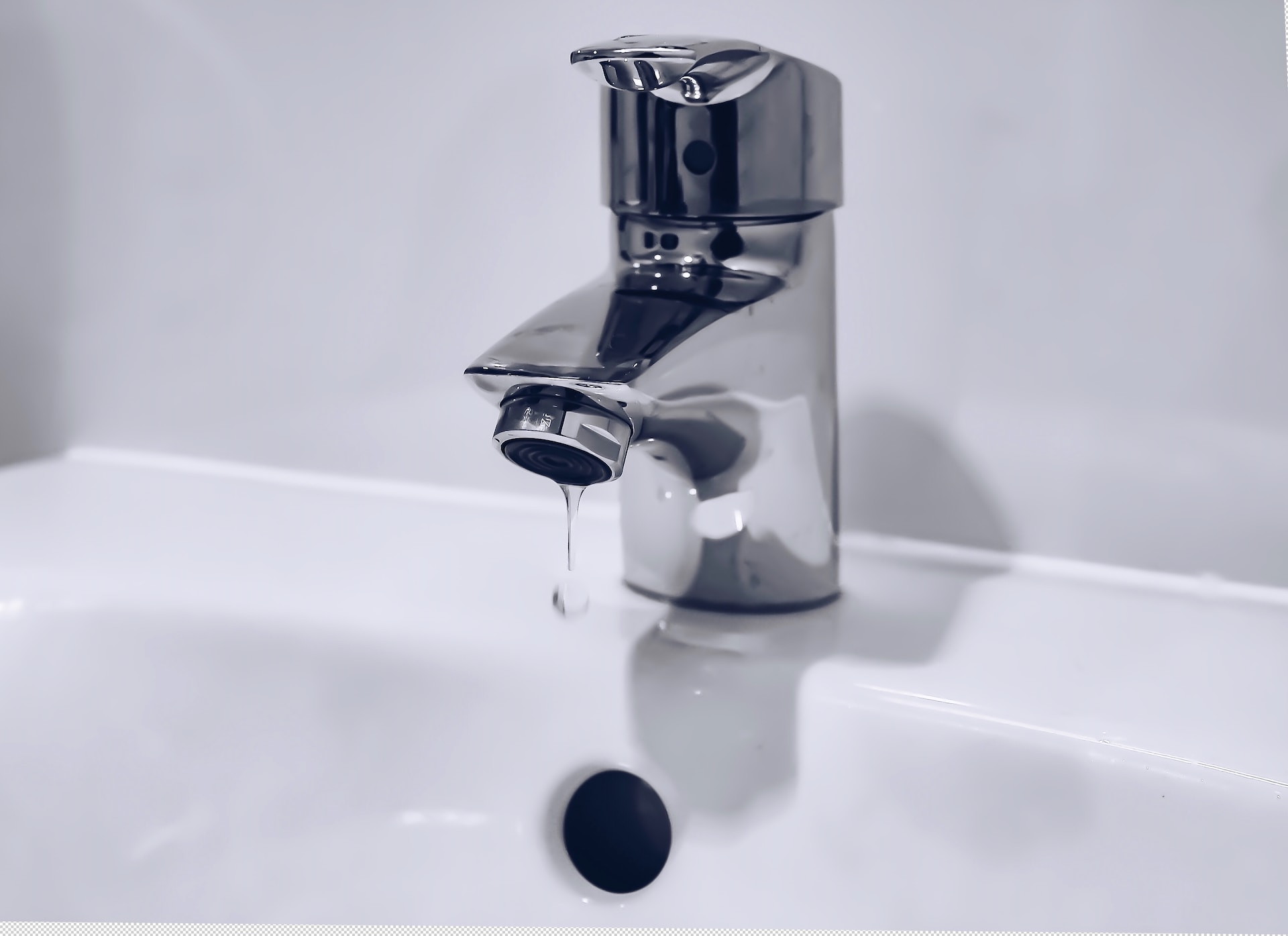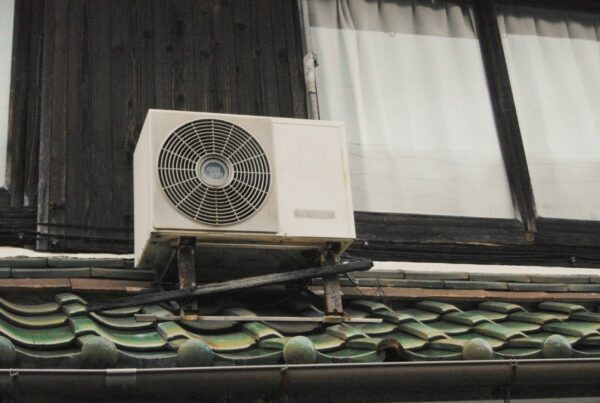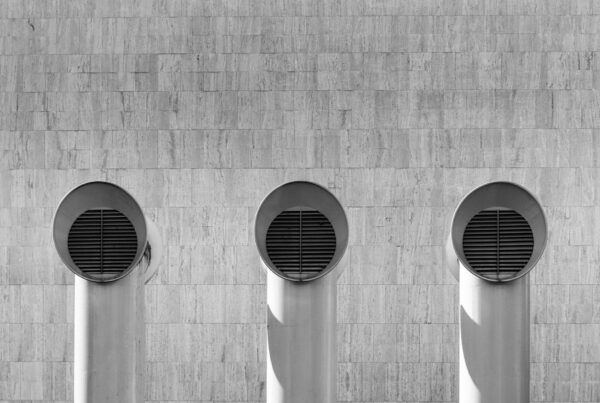Last Updated on December 12, 2023
Water leaks in your home are like hidden enemies. They might be out of sight, often going unnoticed until they cause significant damage or lead to a surprisingly high water bill. But finding these leaks isn’t just about avoiding inconvenience; it’s crucial for the health of your home and can be a smart way to save money and resources.
When we think of water leaks, we often imagine a dripping faucet or a puddle under a pipe. However, leaks can be more elusive, hiding behind walls, under floors, or even within the foundation of your home. These hidden leaks can be particularly problematic because they can lead to structural damage, mold growth, and wasted water, which all contribute to unnecessary expenses.
Detecting water leaks early is key. The sooner you identify and fix a leak, the less damage it will do. This guide is designed to help you understand the signs of water leaks and how to find them in your home. We’ll cover everything from the obvious to the subtle indicators of a leak.
By following this guide, you will learn not only how to spot a leak but also understand the importance of regular maintenance to prevent leaks in the first place. Remember, dealing with water leaks is not just about fixing a current problem; it’s about safeguarding your home against potential future issues.
So, let’s get started on this important journey of protecting your home from the sneaky problem of water leaks. With a bit of knowledge and attention, you can keep your home safe, dry, and efficient.
Understanding Water Leaks
Water leaks in a home can stem from various sources and understanding these can help you identify them more efficiently. In this section, we’ll delve into the common types of water leaks and the problems they can cause.
Pipes
Pipes are the lifelines of your home’s plumbing system, quietly working behind the scenes. However, they can become problematic if they start leaking. Leaks in pipes can occur due to various reasons, such as corrosion, high water pressure, or freezing temperatures causing the pipes to burst. These leaks are often hidden inside walls or underground, making them hard to detect. Left unattended, they can cause significant damage to your home’s structure, leading to costly repairs.
Faucets
Faucets are the most visible part of your plumbing system, and leaks here are usually easy to spot. A dripping faucet might seem like a minor issue, but it can waste a surprising amount of water over time. For instance, a faucet that drips once per second can waste over 3,000 gallons of water a year! Fixing leaky faucets is often a simple and inexpensive process, but it’s crucial in conserving water and reducing your water bill.
Toilets
Toilet leaks are among the most common and the most deceptive. They often go unnoticed because the water silently leaks from the tank into the bowl. These leaks can be caused by a faulty flapper valve, an improperly adjusted float, or a leaky seal. A leaking toilet can waste a significant amount of water, leading to an increase in your water bill.
Understanding these common types of leaks and their potential impact is the first step in protecting your home. Regular checks and maintenance can help identify these problems early on, saving you from bigger issues down the line. In the next section, we’ll go over a step-by-step guide to help you find these leaks.
Step-by-Step Guide to Finding Leaks
Detecting water leaks in your home can be a challenging task, especially if they are hidden. However, with a systematic approach, you can identify most leaks. Here’s a step-by-step guide to help you in this process:
1. Listen for Drips
The simplest way to start is by using your ears. Choose a quiet time, like late at night or early in the morning, when there’s less noise. Turn off all appliances that use water, like dishwashers or washing machines. Listen carefully in your kitchen, bathroom, and basement for any dripping sounds. Sometimes, the sound of water can also be heard through walls or floors if there’s a significant leak in your pipes.
2. Check Your Water Meter
Your water meter is an excellent tool for detecting leaks. First, locate your meter – it’s usually found outside near the street or in your basement. Note the reading on the meter and avoid using any water for a couple of hours. Check the meter again after this period. If the reading has changed, it’s likely you have a leak somewhere in your home. This method can be particularly effective for spotting those elusive leaks that aren’t immediately apparent.
3. Inspect Pipes and Faucets
Do a thorough visual inspection around your house. Check under sinks, behind appliances, and around your water heater. Look for signs of moisture, corrosion, or mineral deposits – these are telltale signs of a leak. Don’t forget to inspect the hoses and connections to your washing machine and dishwasher. Faucets are easier to check; look for dripping water or listen for the sound of running water when the faucet is turned off.
4. The Food Coloring Test for Toilets
This simple test can help detect a silent toilet leak. Add a few drops of food coloring to the tank of your toilet and wait for about 30 minutes without flushing. If you see the color seeping into the toilet bowl, this indicates a leak from the tank to the bowl. This test is important because toilet leaks can be significant water wasters but often go unnoticed.
5. Use Your Water Bill
Sometimes, the best clue to a leak is not something you can see or hear but something you can read. Compare your current water bill to those from previous months. A significant increase in water usage can indicate a leak, especially if your daily habits haven’t changed much.
When to Call a Professional
While many minor leaks can be handled with some DIY skills, there are times when calling a professional plumber is the best course of action. Here’s when you should consider getting expert help:
Persistent or Unidentifiable Leaks
If you’ve followed the steps above but still can’t find the source of the leak, or if the leak persists despite your efforts to fix it, it’s time to call in a professional. Plumbers have specialized tools like pipe cameras and moisture meters that can detect leaks hidden in walls, under floors, or underground.
Major Leaks
If you encounter a major leak, such as a burst pipe, it’s crucial to call a professional immediately. Major leaks can cause significant damage to your home and require urgent attention. A professional plumber can not only fix the problem quickly but can also assess any potential damage to your home’s structure.
Preventative Maintenance
Even if you don’t have a leak, it’s a good idea to have a professional plumber inspect your home’s plumbing system periodically. They can identify potential problems and fix them before they turn into major leaks. This preventative approach can save you a lot of trouble and money in the long run.
Expert Advice
Professional plumbers can also provide valuable advice on maintaining your plumbing system and preventing future leaks. They can recommend upgrades or replacements for old, worn-out pipes and fixtures, reducing the likelihood of leaks.
Finding and fixing water leaks in your home is crucial for maintaining the integrity of your property and for efficient water usage. Leaks can be elusive and sometimes challenging to find, but with the right approach, most can be detected and rectified.
Remember, early detection is key to preventing the escalation of damage. Regular checks around your home, listening for unusual sounds, monitoring your water bill, and conducting simple tests can go a long way in identifying leaks. However, don’t hesitate to call in a professional if the situation calls for expert intervention.
Water leaks, while common, should never be ignored. They can lead to significant waste of water and money, and over time, can cause structural damage to your home. By staying vigilant and taking proactive steps, you can protect your home from the hidden dangers of water leaks.
Conclusion
In the end, managing water leaks is not just about fixing a current problem. It’s about being responsible homeowners who are mindful of our water usage and the health of our homes. By following this guide, you’ll be well-equipped to tackle any leaks that may arise, ensuring a safe and dry living environment.





